There are some common things on the wish list for most custom homes. Clients want an open floor plan, lots of light, a beautiful kitchen, luxurious master bathroom, and connection to the outside. However, it is not often asked for – healthy indoor air quality.
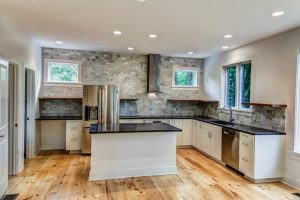
Materials, structure, and the heating, ventilation, and cooling systems all contribute to indoor air quality. Making the right selections in all these areas is critical.
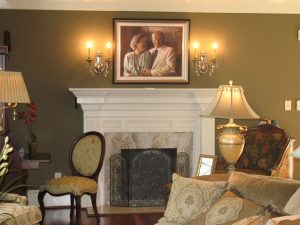
Fireplace
There are common elements that impact indoor air quality. A fireplace is a leak in the building envelope. When there is a leak, it will either bring dirty air into the home or pull dirty air through the building envelope into the home. This also happens with restroom ventilation fans, crawl space, and duct work.
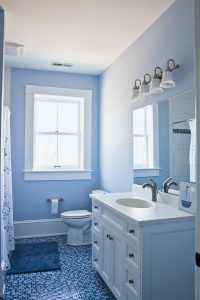
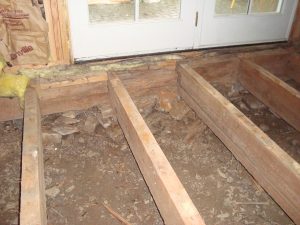
Ductwork
If the ductwork is not tight, it will actually spread dirty air around your house. Insulate it right and seal it tight.
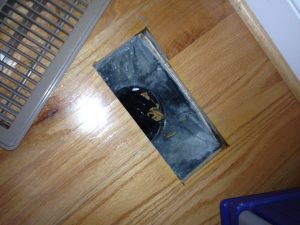
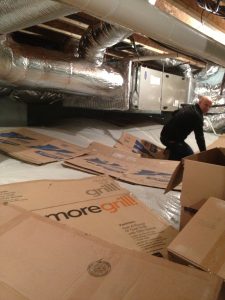
Building Envelope
The building envelope is critical in the design of a home for healthy indoor air quality. Keeping the air from moving through the walls will allow you to filter make up air through a filtration system. This will, along with a fresh air system, keep the air flowing through your house healthy and clean.
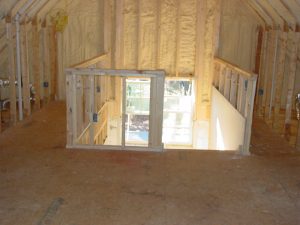
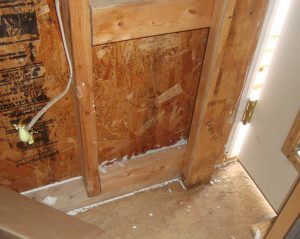
Moisture
Also, and this one has big impacts to durability and indoor air quality, keep the water out of the wall system. Water infiltration in your home will contribute to indoor air quality faster than anything else.
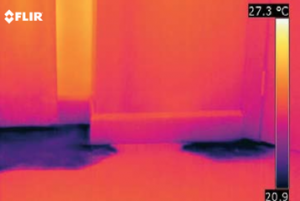
Finally, the materials used in your home impacts indoor air quality. Do the materials you use have VOC’s? What chemicals will they off gas into your air? Are they easy to clean? What do you use to clean the materials used? All of these questions impact indoor air quality and should be considered.
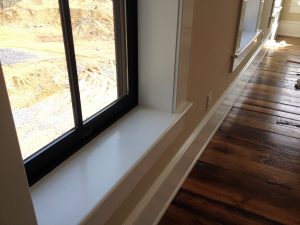
It is not going to be on the top of your list, but include healthy indoor air quality when building or renovating.




